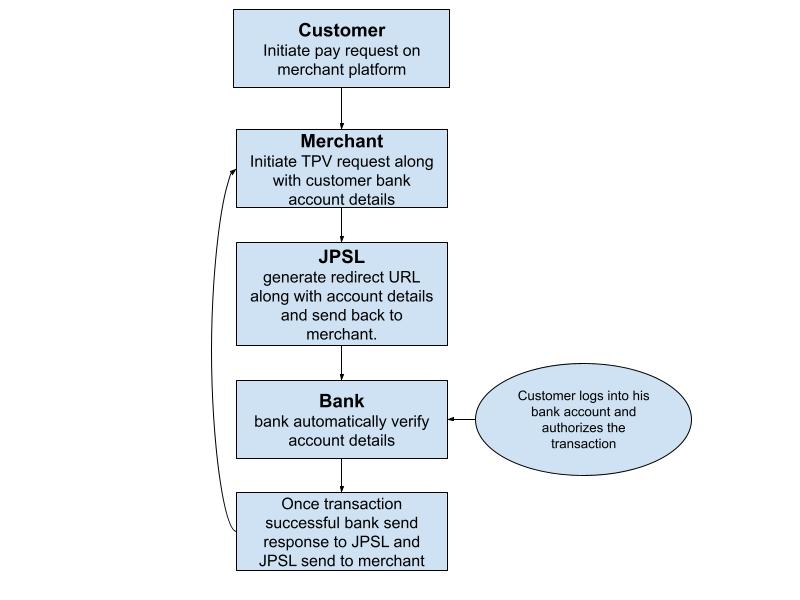Account validation
The global financial industry is undergoing a significant transformation, driven by a new emphasis on robust risk management. For merchants operating within the BFSI (Banking, Financial Services, and Insurance) sector, adherence to strict guidelines and regulations imposed by various regulatory bodies is paramount in their day-to-day operations.
A key component of this regulatory landscape is Third-Party Validation (TPV). Mandated by authorities such as the Securities and Exchange Board of India (SEBI), TPV is a crucial requirement for merchants like stockbrokers and mutual funds. This prerequisite is designed to enhance credibility and significantly reduce financial risk for customers by ensuring that payments originate from a verified source.
TPV Functional Block Diagram-

TPV vs Regular flow-
In a regular Net Banking or a UPI transaction, you don’t pass the customer account number from which you want the customer to transact, but in the case of TPV integration, you know the customer account number, and you want the customer only to transact with the same account number.
You also pass the customer account number in the payment request compared to regular retail banking or UPI.
TPV integration support-
Netbanking and UPI is supported
Non seamless (Non-PCI), Seamless (PCI) and Server-to-Server (PCI) Integration are supported in this flow.
Integration Checkpoints-
You must include the following additional parameters in the Initiate Sale API request. Refer to the Initiate Sale API section for comprehensive details.
1.accountNo - (Mandatory-Alphanumeric[16])- This field is use to pass the customer account number.
2.accountIFSC - (Mandatory-Alphanumeric[12])- This field is use to pass IFSC of customer account number that needs to be validate.
Note-If not sent, then the registered account details of customerID would be used.
3.customerID -(Non Mandatory-Alphanumeric[48])- This field is use to pass ID of customer as identified by Merchant. customerID as registered in merchant.
Updated 3 months ago
